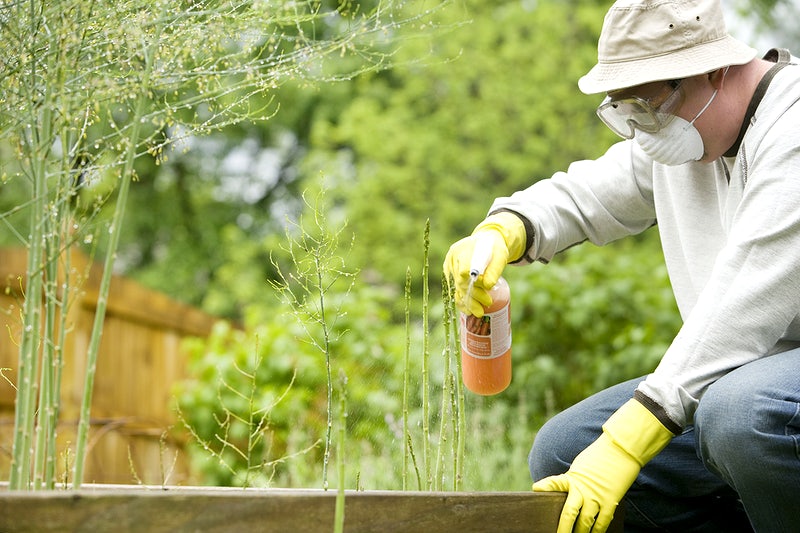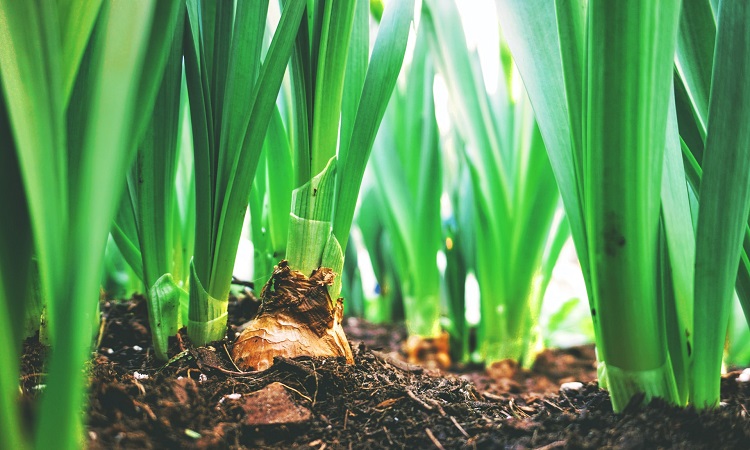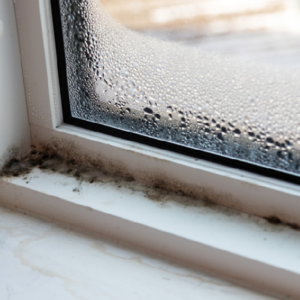When a gardener discovers that one of their plants has become diseased, several questions may go through their mind. As well as wanting to know how the plant became diseased in the first place, they may worry if other plants could be affected. The main focus, however, is to get rid of the problem in the first place.
For a gardener to do this, they must understand the ‘disease triangle’ which specifies that three things must be present for a plant to become diseased:
- Susceptibility of the plant.
- Types of pathogens attacking the plant.
- Conditions that can make the disease worse.

Ten Top Tips For a Disease-Free Garden
You might believe that the key to a thriving and healthy garden is to simply water and fertilize well while pruning in spring. This isn’t strictly true. In fact, it can accelerate the spread of disease in your garden and damage your plants. Follow these ten top tips provided by landscape gardeners in Newcastle for a disease-free garden.
1. Carefully Check Plants Before Purchase
There are many signs of a diseased plant, including insects, rotten stems, or dead leaves. The disease is not only challenging to eliminate but can also wreck other plants. Protect yourself by checking the roots in the garden centre. They should be firm and white. If they’re dark or mushy, this is a sign of an unhealthy plant.
2. Use Well Rotted Fertilizer
Ensure your fertilizer has composted sufficiently long enough so that high temperatures have killed all remaining pathogens. Poorly decomposed waste under an already infected plant will probably kill it off.
3. Watch for Bugs
Openings caused by bug damage are a common way for bacteria or viruses to infect plants. Insects can then transport the problem from one plant to another, stressing them and reducing their ability to get rid of infections.
4. Do an Autumn Tidy
Leaving old growth during winter is excellent news for disease as it can attack new growth once spring comes around. You can leave over winter, but be sure to clear any leftovers before spring.
5. Use the Right Fertilizer
Use a soil test kit to check nutrients in your soil. This will help you use the right fertilizer with the right quantities of nutrients your plants will thrive on. The wrong fertilizer can not only burn roots but also stress plants through too much of certain nutrients.
6. Choose Disease Resistant Varieties
Although this doesn’t necessarily guarantee that your plant won’t get sick, it does mean that it won’t die off from disease. Not all plants are labeled as being disease resistant so ask nursery staff if you’re unsure.
7. Prune Damaged Limbs
Trim damaged limbs during late winter rather than spring because they can become infected and disease spreads rapidly while plants remain dormant. Use sharp tools and ensure the cut is clean into healthy, living tissue.
8. Site Plants Properly
Not all types of plants will thrive regardless of conditions and sites. In fact, plants are very much like the human immune system in that when they experience an attack, they’ll start to protect themselves. However, plants under stress are more likely to die off.
9. Use the Right Watering Method
Soaking the roots and leaves of plants will not cause it to thrive. In fact, this can result in root rot or the leaves to die off. Consider drip irrigation as a better method, or if watering by hand, hold the leaves out the way as you water the roots.
10. Don’t Overdo Planting
Ensure plants have plenty of space around them. Plants that are overcrowded tend to generate high levels of humidity and compete for more for light, water, and nutrients. Also, trim off damaged areas to prevent disease spreading and divide plants when they become overcrowded.




